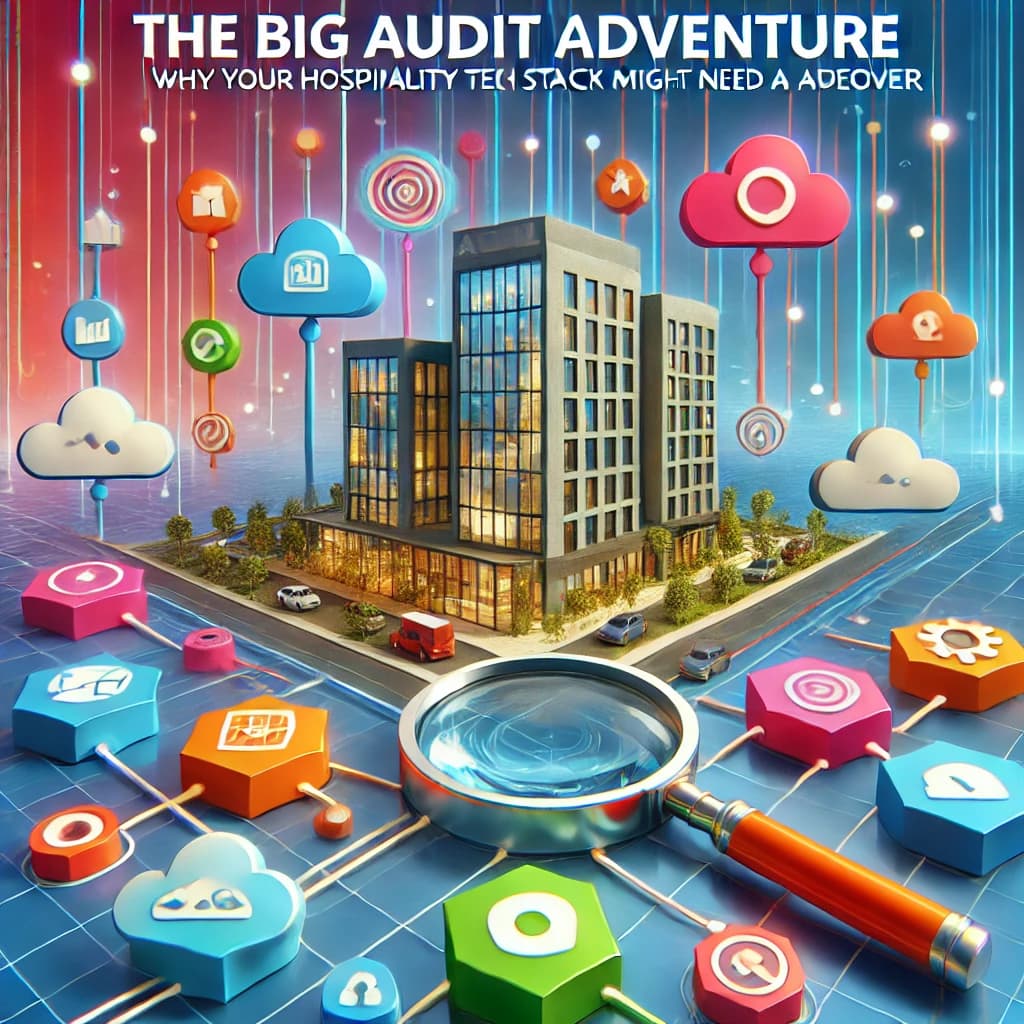Introduction
Take a moment to envision your current tech setup: a POS system that sometimes glitches, a separate scheduling tool, and random spreadsheets for inventory. Sound familiar? If your technology solutions feel like a hodgepodge of disconnected parts, it might be time for a tech stack audit. This post walks you through the steps, benefits, and pitfalls of refreshing your digital toolkit to create a streamlined hospitality operation.
1. Inventory of Current Tools
- Identify Redundancies: Are you paying for multiple software solutions that do the same thing? Sometimes, your POS can handle more tasks than you realize, making that second subscription unnecessary.
- Centralize Your Data: List each system’s inputs and outputs, like reservations, payroll, inventory, and loyalty programs. You’ll see how each tool contributes (or fails to contribute) to a cohesive picture.
2. Evaluating Integration
- APIs and Bridge Software: Seek solutions that can talk to each other. For example, your online reservation system should automatically update your POS or table management software.
- Real-Time Updates: If your scheduling tool syncs staff hours too slowly, you risk incorrect labor cost data.
- Siloed Data Risks: When systems don’t integrate, it’s easy to miss out on cross-functional insights (like how daily promotions affect labor costs).
3. Cost-Benefit Analysis
- Hidden Fees: Beyond subscription costs, factor in hardware upgrades, staff training, and potential downtime.
- Long-Term ROI: Even if a tool seems pricey now, it might save thousands by preventing errors, speeding up operations, or improving guest satisfaction.
- Vendor Reliability: Check for strong customer support, a solid update history, and a roadmap for future enhancements.
4. Enhancing User Experience
- Staff Adoption: Choose user-friendly interfaces to reduce training overhead. If your cooks can’t navigate the system quickly, data will be inaccurate.
- Managerial Oversight: Cloud-based dashboards let managers monitor multiple locations in real time, which is invaluable for growing businesses.
5. Security and Compliance
- Payment Data: Ensure compliance with PCI-DSS standards to securely process credit card transactions.
- Data Protection: Regularly backup critical information and use firewalls, encryption, and secure servers.
- Local Regulations: Pay attention to privacy laws like GDPR if you handle international guest data.
6. Future-Proofing
- Scalability: Anticipate expansions. Your current system should handle additional volume, whether it’s more sales, more staff, or more locations.
- Modular Approach: If you plan to add services like online cooking classes or meal kits, your stack should easily accommodate these features.
- Regular Audits: Conduct an annual or biannual check to see if your tools still meet evolving market demands.
7. Case Studies
- Chain Restaurant Overhaul: A mid-sized chain consolidated four different software solutions into one enterprise system. They reported a 15% decrease in administrative hours and more consistent pricing across locations.
- Boutique Hotel Success: A small hotel replaced its outdated reservation system with a cloud-based platform integrating reservation, housekeeping, and billing data. They saw fewer booking errors and more positive guest reviews.
Conclusion
A tech stack audit might sound daunting, but it’s an essential step toward a more efficient, profitable operation. In a fast-paced industry where every second counts—and every guest expects a smooth experience—a cohesive, well-integrated tech environment can make all the difference. Free up your team’s time to focus on hospitality’s real mission: delivering memorable experiences that keep guests coming back for more.
